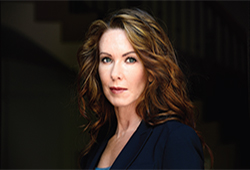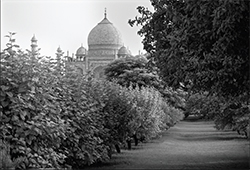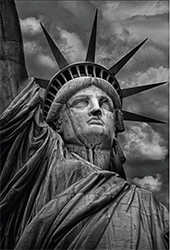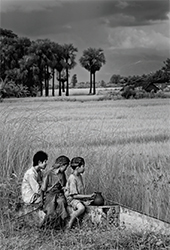 “When I was seven years old my mother roped my uncle, who was a wedding photographer, in to babysitting me. He had to get a job, so rather than leaving me to wreak havoc on his home whilst he was working, he took me into the darkroom with him. I watched a photograph “materialize” in the developer, and I was hooked. I started saving my allowance for a “real” camera, bought an old Nikon range finder in a garage sale, and sold my first photograph when I was nine.
“When I was seven years old my mother roped my uncle, who was a wedding photographer, in to babysitting me. He had to get a job, so rather than leaving me to wreak havoc on his home whilst he was working, he took me into the darkroom with him. I watched a photograph “materialize” in the developer, and I was hooked. I started saving my allowance for a “real” camera, bought an old Nikon range finder in a garage sale, and sold my first photograph when I was nine.
I believe that if you are striving to be a master at your art form, you need to master every aspect of that art form. To choose just one note to play, when there are so many variations, just seems too limiting. I think that the creative process comes from a place within, and the more ways you can learn to express your creativity, the more informed and stronger your creative expression will be.
I’ve always felt that in absolute spontaneity you get absolute truth. You can only be one way when you are spontaneous, and that is truthful. With that said, even if it takes hours or days to do a set-up in the studio, I work in a way that causes the subject to react spontaneously. I shoot my landscapes like portraits, and my portraits like landscapes. The two different styles of shooting cross-pollinate and make for more informed decisions and I think, better images.
Finally, I simply don’t see why there is even an argument against digital editing. Photographs did not simply erupt onto the paper when we did things in the silver darkroom. Now, we just have a better darkroom. Perfection is not about how much you can ‘do’ or pile on to an image, but rather about getting to the place where there is nothing left to remove.”
As told to Spandan Sharma


Pretty as a Picture A twister tale


Palace gardens Soulful eyes
Liberty: A closer look Reaching the skies
A field day




